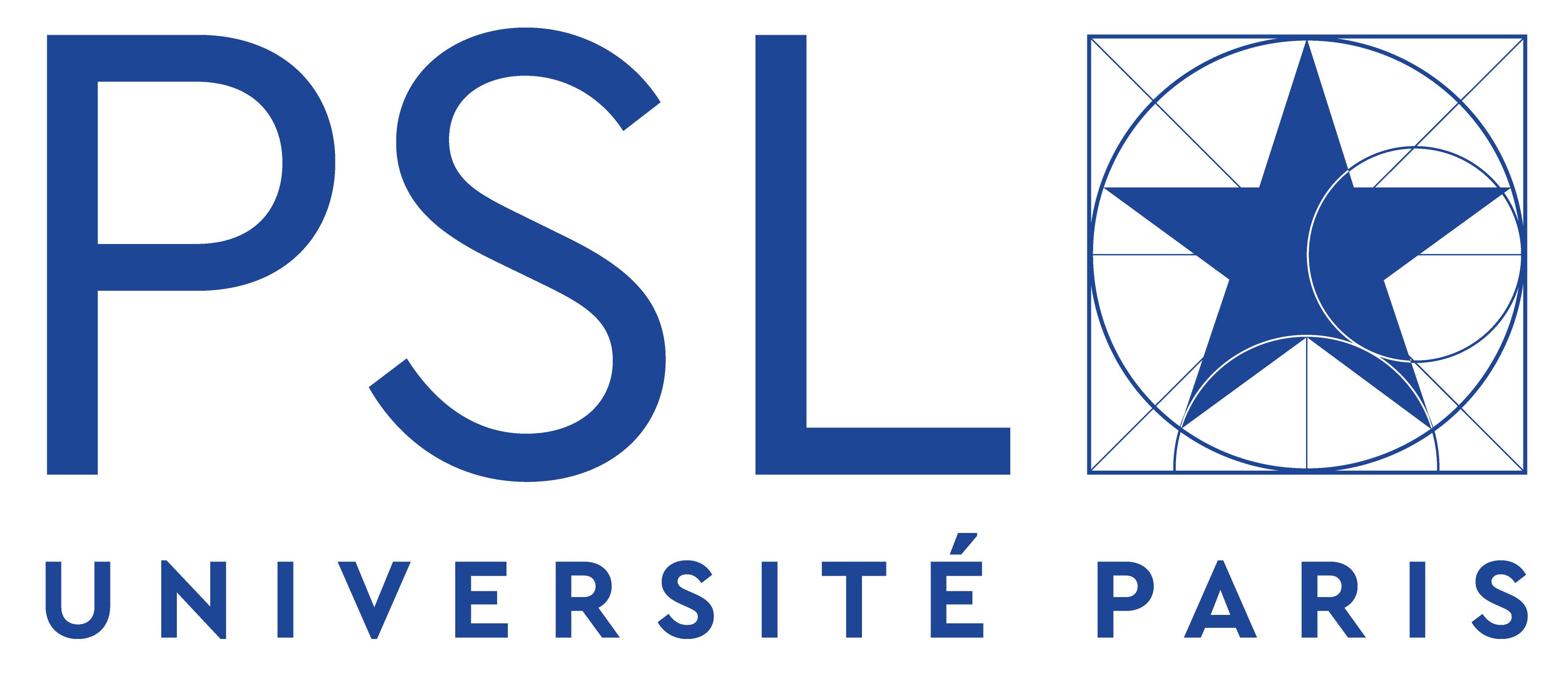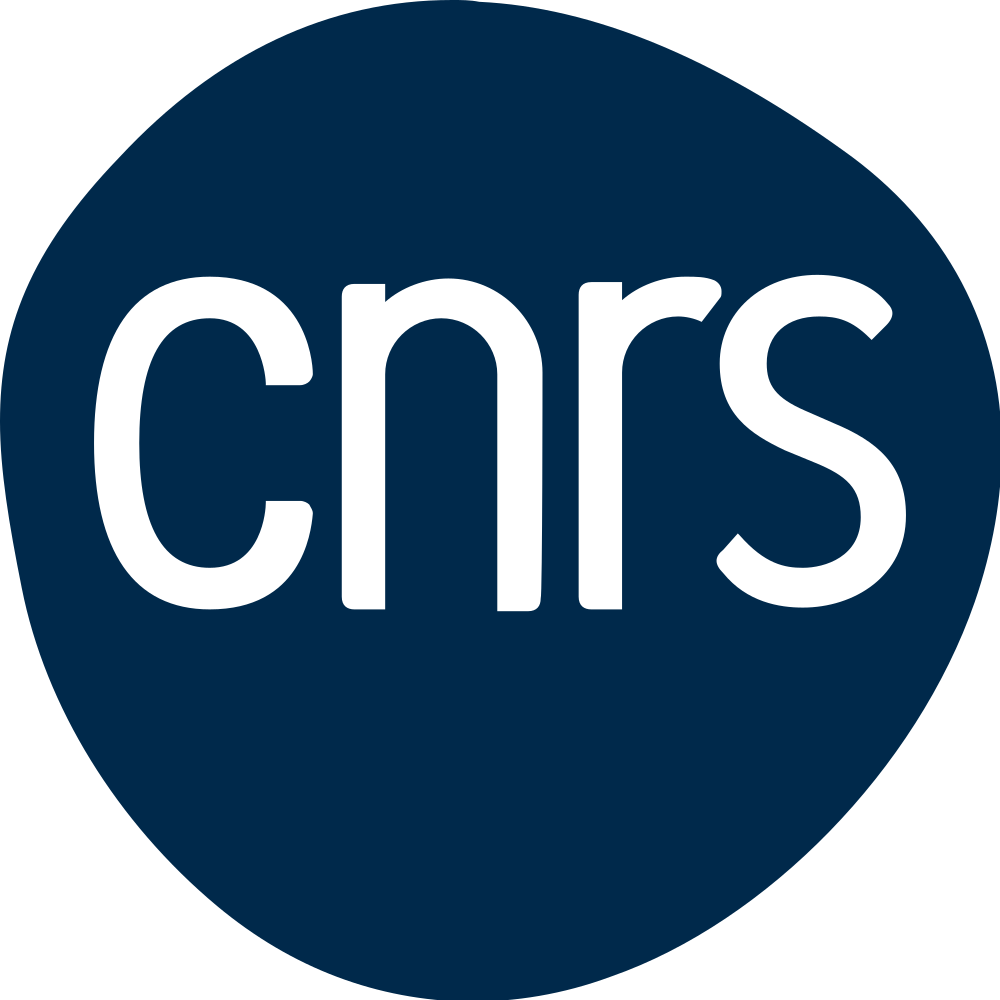Homogenized Korteweg–de Vries and Boussinesq models for anisotropic propagation of solitary waves over a structured bathymetry
Pham, K., A. Maurel, and A. Chabchoub
Journal of Fluid Mechanics 1024 (2025)
Abstract: We derive effective Boussinesq and Korteweg–de Vries equations governing nonlinear wave propagation over a structured bathymetry using a three-scale homogenization approach. The model captures the anisotropic effects induced by the bathymetry, leading to significant modifications in soliton dynamics. Homogenized parameters, determined from elementary cell problems, reveal strong directional dependencies in wave speed and dispersion. Our results provide new insights into nonlinear wave propagation in structured shallow-water environments, and consequently motivate further fundamental and applied studies in wave hydrodynamics and coastal engineering.
|


|
A diffusion model for light scattering in ejecta
Don Jayamanne, J. A., J. R. Burie, O. Durand, R. Pierrat, and R. Carminati
Journal of Applied Physics 138, no. 20 (2025)
Abstract: We derive a diffusion equation for light scattering from ejecta produced by extreme shocks on metallic samples. This model is easier to handle than a more conventional model based on the Radiative Transfer Equation (RTE) and is a relevant tool to analyze spectrograms obtained from Photon Doppler Velocimetry measurements in the deep multiple scattering regime. We also determine the limits of validity of the diffusive model compared to the RTE, based on a detailed analysis of various ejecta properties in configurations with increasing complexity.
|


|
Reconfigurable and active time-reversal metasurface turns walls into sound routers
Dorlot, F., C. Bourdeloux, M. Fink, and F. Lemoult
Communications Physics 8, no. 1 (2025)
Abstract: Sound control in noisy or reverberant spaces is important for applications ranging from communication to immersive audio. However, existing methods often struggle to deliver sound selectively to specific listeners without interference. Here we show that an active acoustic metasurface, composed of programmable elements that both sense and re-emit sound, enables precise targeting of audio in complex environments. Each element processes signals in real time using convolution filtering, allowing us to exploit reciprocity and time-reversal symmetry in wave propagation. Experiments with audible sound in reverberant rooms demonstrate that this approach creates clear, individualized sound channels while suppressing unwanted noise. This research opens new possibilities for adaptive sound delivery in crowded or dynamic settings, with potential applications in conferencing, entertainment, and assistive listening technologies.
|


|
Impulsive shock wave propagation in granular packings under gravity
Van Den Wildenberg, S., X. Nguyen, A. Tourin, and X. Jia
Mechanics Research Communications 150 (2025)

Abstract: We experimentally investigate the impulsive shock propagation caused by an impact into vertically oriented 3D granular packings under gravity. We observe a crossover of wave propagation, from sound excitation at low impact to shock front formation at high impact. One of our findings is a nonlinear acoustic regime prior to the shock regime in which the wave speed decreases with the particle-velocity amplitude due to frictional sliding and rearrangement. Also, we show that the impulsive shock waves at high impact exhibit a characteristic spatial width of approximately 10 particle diameters, regardless of shock amplitude. This finding is similar to that observed in 1D granular chains and appears to be independent of the contact microstructure, whether involving dry or weakly wet glass beads, or sand particles. The final and main finding is that we observe the coexistence of the shock front and the sound waves (ballistic propagation and multiple scattering), separated by a distinct time interval. This delay increases with impact amplitude, due to the increase shock speed on one hand and the decrease of the elastic modulus (and sound speed) in mechanically weakened granular packings by high impact on the other hand. Introducing a small amount of wetting oil into glass bead packings leads to significant viscous dissipation of scattered acoustic waves, while only slightly affecting the shock waves evidenced by a modest increase in shock front width. Our study reveals that shock-induced sound waves and scattering play an important role in shock wave attenuation within a mechanically weakened granular packing by impact. Investigating impact-driven wave propagation through such a medium also offers one way of interrogating a 3D FPUT-like system where nonlinear and linear forces between grains are involved.
|

|
Wide-field cellular-resolution retinal imaging using deformable mirror-based sensorless adaptive optics time-domain full-field OCT
Cai, Y., O. Martinache, M. Bertrand, C. Callet, O. Thouvenin, K. Grieve, and P. Mecê
Biomedical Optics Express 16, no. 12, 5179-5196 (2025)

Abstract: Adaptive optics (AO) enables cellular-resolution retinal imaging by correcting ocular aberrations, but its widespread clinical adoption remains limited by the narrow field of view (FOV) imposed by the isoplanatic patch of the eye. In this study, we present a deformable mirror (DM)–based sensorless AO time-domain full-field OCT (FFOCT) system that overcomes these limitations by leveraging the inherent robustness of FFOCT to ocular aberrations under spatially incoherent illumination. Using both phantom eye simulations and in vivo experiments, we demonstrate that correction of only three to five Zernike modes (defocus, astigmatism, and coma) is sufficient to significantly enhance SNR and resolve fine retinal structures. This includes reliable visualization of cone photoreceptors as close as 0.3<sup>◦</sup> from the foveal center and depth-resolved imaging of inner retinal features such as nerve fiber bundles, vessel walls, capillaries, internal limiting membrane, macrophage-like cells, and Gunn’s dots, across a 5<sup>◦</sup> × 5<sup>◦</sup> FOV at 500 Hz. By simplifying AO implementation while achieving wide-field cellular resolution, this approach addresses key limitations of current AO ophthalmoscopes and offers a promising pathway toward a wider clinical deployment of high-resolution retinal imaging.
|


|
Electrical Conductivity During Controlled Deformation at Upper-Mantle Conditions: First Experimental Achievements in a Griggs-Type Apparatus
Ferrand, T. P., J. Précigout, D. Sifré, J. C. Vrijmoed, T. John, F. Savoie, R. Champallier, and F. Gaillard
Geochemistry Geophysics Geosystems 26, no. 11 (2025)

Abstract: Electrical conductivity measurements on well-characterized materials in the laboratory allow accurate interpretations of high-conductivity anomalies within the lithosphere and asthenosphere, both affected by substantial deformation over geological times. However, only a few experiments so far have measured rock conductivity during controlled deformation at high pressures (≥1 GPa) and temperatures (500–1,000°C). Here, we report the first successful deformation experiments performed in a new-generation Griggs-type apparatus adapted for electrical measurements. As a proof of concept, one successful experiment was conducted on Carrara marble at a confining pressure of 1 GPa and temperatures of 500, 650, and 800°C. Three other experiments were then performed at the same pressure to explore the electrical conductivity of Åheim dunites at 500, 650, and 800°C, respectively. Our results show very different electrical responses in the elastic and plastic regimes. Stress and strain can significantly impact the electrical conductivity of peridotites by changing the thickness, number, or geometry of grain boundaries. At fixed P-T conditions, the electrical conductivity varies within an order of magnitude during elastic loading and unloading, which motivates reappraisal of interpretations of electrical anomalies in mantle rocks, at least in tectonically active regions. Upon additional development to achieve deformation up to 4 GPa (≃120 km depth), the design presented here opens a fully new research field, which will help to more deeply understand electrically conductive anomalies in rocks under stress at depth, notably within the lower crust, upper mantle and subducting slabs.
|


|
























